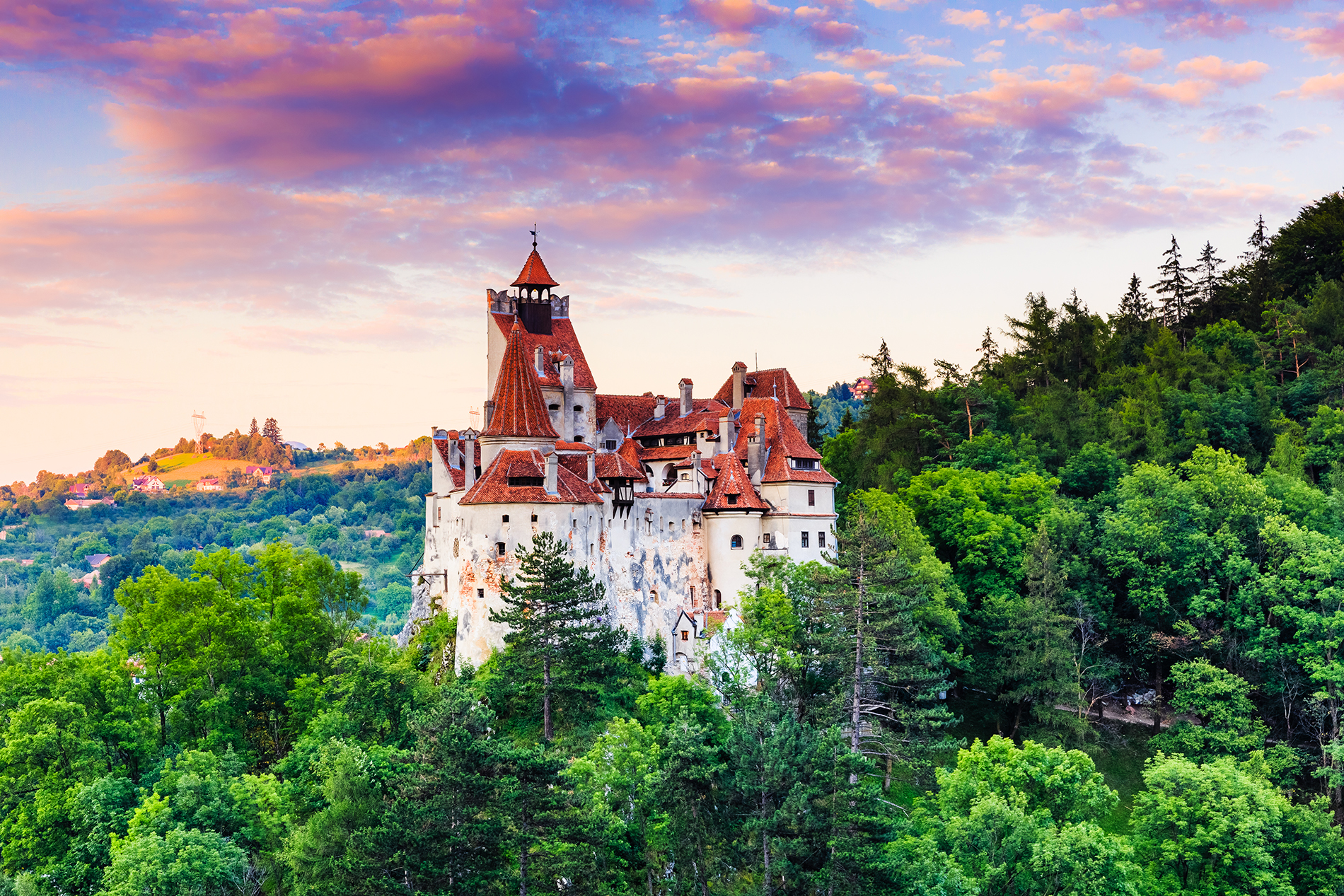10 Must-See Places in Romania for Your Trip

Romania extends beyond Bucharest! This East European nation, marked by diversity, features ancient villages enveloping the grand Carpathian Mountains. It brims with cultural and natural wonders waiting to be explored. Below is a list of attractions worth visiting away from the capital city.
The Delta of the Danube, a haven for bird enthusiasts.
Stunning views of lakes, sand dunes, and marshes, a vibrant landscape where fisherman move about and labor... Recognized as a World Heritage Site, this area offers a picturesque scene. Danube Delta stands as one of Europe's biggest and most stunning river deltas. This intricate network of waterways and plant life is ideally navigated via boat or kayak, offering sightings of pelicans and various migratory birds. Hosting more than 300 bird species, this delta serves as an absolute haven for those interested in bird-watching!
Sighişoara, the medieval gem of Transylvania
Designated as a UNESCO World Heritage Site, this city nestled in the vast Târnava Valley is undoubtedly one of the crown jewels. Transylvania . Sighişoara's unified architectural style is evident in its maze of cobbled streets, lined with colourful houses with Gothic and baroque facades, leading up to the town's iconic town symbol: the Clock Tower, a massive defensive structure rising above the city since the 14 th century.
The Horezu monastery, a gem of Romanian Orthodox art
Located in the Oltenia region, the Horezu monastery is a perfect example of Brâncovenesc art, a Romanian style named after Prince Constantin Brâncoveanu, the monastery's founder in the late 17 th The architectural ensemble encircling the church is renowned for its vibrant gold-leaf murals, intricate floral designs adorning the outside walls, and elaborate wooden sculptures.
The Peleș Castle, a gem of the Carpathian Mountains
Nestled in the heart of the Carpathian Mountains, Peleş Castle surely stands out, with its towers rising high over the fir trees! Constructed in the late 19th century, th In this fairytale "fantasy," which blends elements from the Gothic, Baroque, and Rococo periods, the interior spaces are lavishly adorned with intricately carved woodwork, stained glass, and artwork. The overall experience is enhanced by the expansive gardens that provide sweeping mountain vistas.
Sibiu, with its Bohemian allure from Transylvania
Referred to as "Little Vienna," Sibiu boasts the title of Romania's most beautiful city. This claim holds true for a town inhabited by 150,000 people, known for its charming squares adorned with pastel-colored buildings, an intricate mix of Gothic, Baroque, and Renaissance architectural styles, defensive walls, and a grand marketplace. Once a predominantly Saxon settlement—originally home only to German immigrants during the 12th century—it continues to captivate visitors today. th The century possesses a distinct allure.
Bran Castle, a symbol of Dracula’s lore
Perched on a rugged outcrop at the center of Transylvania, Bran Castle stands as the nation's premier landmark! This site earns its acclaim thanks to features like its towering spires and ramparts, which make visitors sense Dracula’s aura despite the lack of historic proof linking Vlad the Impaler—the ruler behind the myth—to this place. Inside, the castle serves as a museum showcasing artworks and furnishings belonging to Queen Marie of Romania. It offers an intriguing exploration of regional heritage!
The Turda salt mine, a remarkable subterranean realm
Discovered across 250 years of excavation and operational until 1932, the Turda salt mine transcends being merely an abandoned industrial location; it has been transformed into an entertainment hub located mere kilometers away from Cluj-Napoca. Here, visitors can enjoy a range of activities including a spin on the Ferris wheel to view the stunning stalactites, a journey aboard a boat on the subterranean lake, and relaxation sessions at the spa. Known for its beneficial effects due to the high concentration of naturally occurring saline air, the mine's microclimate is celebrated for its healing properties.
The timber churches of Maramuresh, jewels of traditional architecture.
In the Maramures area, the wooden churches stand as remarkable examples of sophistication and grace. Constructed between the 17th th and 19 th Over centuries, these charming buildings featuring gentle slopes and delicate spires have been enhanced with modest artworks and botanical designs. They eloquently showcase the expertise of the area’s artisans. This impressive legacy stands as a testament to a robust sense of regional character.
The painted monasteries of Bukovina, masterpieces of medieval art
The monasteries in the Bucovina area are renowned for their vibrantly painted frescoes, which date back to the 15th century. th and 16 th Over the centuries, these sites have depicted biblical stories and regional myths with remarkable precision. Among them, the Voroneț monastery stands out due to its striking deep blue hue. Similarly, the Humor monastery is renowned for its lavish combination of vibrant red and golden shades, making it exceptionally stunning.
The Transfăgărașan road, a winding path with a thousand curves
One of the most beautiful roads Around the globe, the Transfăgărașan traverses the Făgăraș Mountains and provides an unparalleled driving adventure through its sharp turns, tunnels, and bridges. En route, Lake Bâlea—a pristine glacial body of water—offers a serene spot for reflection amidst breathtaking nature.

Gabung dalam percakapan